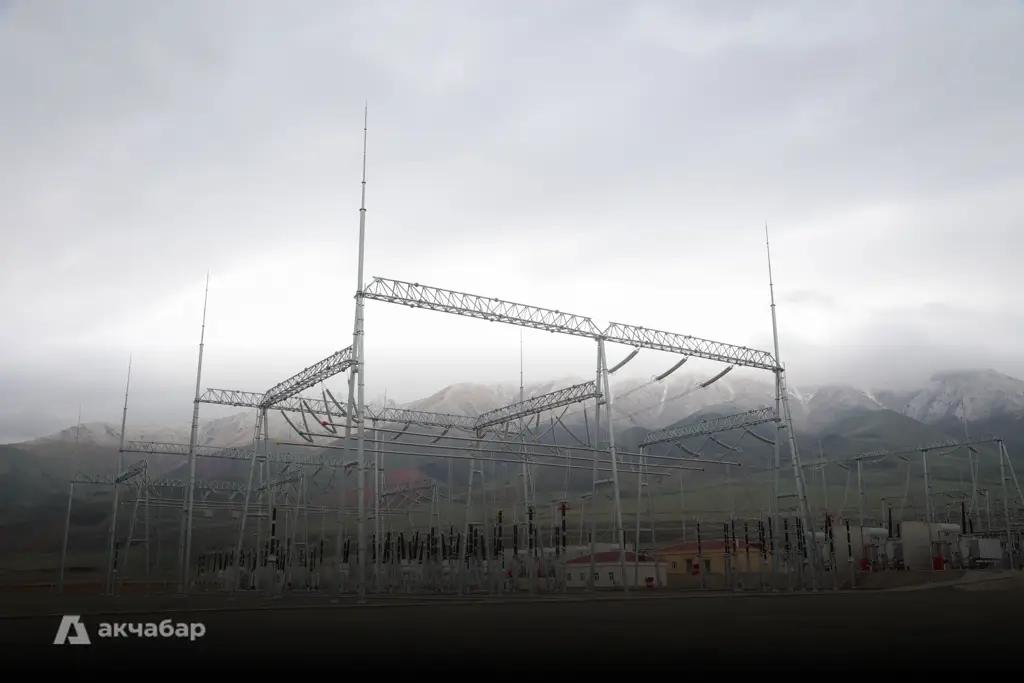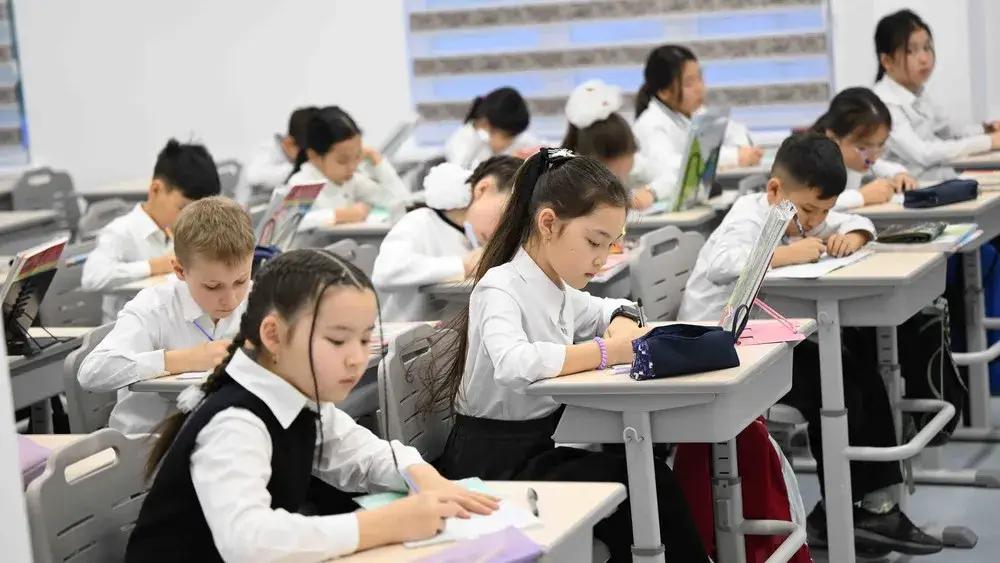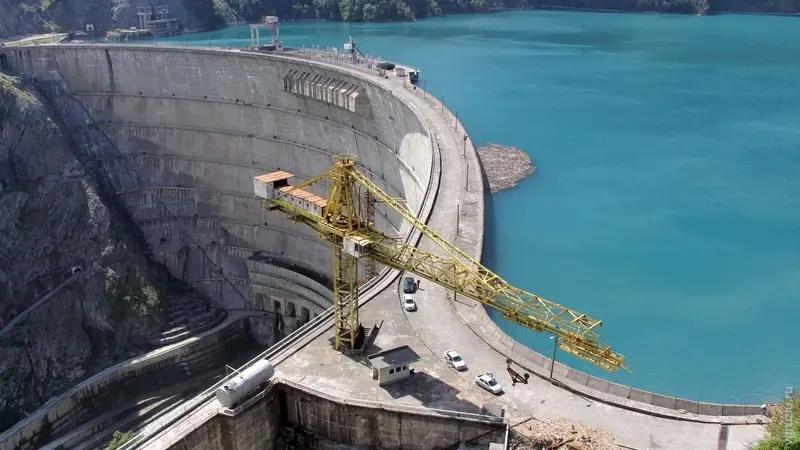
Published
04/18/2025, 11:06Starting May 1, 2025, new electricity tariffs will come into effect in Kyrgyzstan. They have been approved by the Ministry of Energy as part of the medium-term tariff policy for 2025–2030. The main goal is to reduce the energy system’s deficit, create conditions for infrastructure modernization and decrease reliance on the state budget.
For households consuming up to 700 kWh per month, the new tariff will be 1.37 KGS per kWh, up from the previous rate of 1.11 KGS. If consumption exceeds this threshold, the price will be 2.6 KGS (previously 2.39), and for unlimited usage — 4.42 KGS per kWh (up from 3.63).
Changes are also planned for other categories of consumers. The tariff for social facilities will increase to 2.62 KGS, for industrial enterprises — to 3.34 KGS, for commercial consumers — to 3.96 KGS, for public institutions — to 4.09 KGS, and for energy-intensive industries — to 6.06 KGS per kWh. The cost of one kilowatt at electric vehicle charging stations will be 5.31 KGS.
Experts highlight the necessity of these reforms in the energy sector, emphasizing that they are the only way to ensure the country's economic stability and development.
“Reliable energy supply allows businesses to operate without disruptions, increase productivity, and enhance competitiveness. At the same time, the stable performance of the industrial sector — the driving force of economic growth — directly depends on the efficiency of the energy system,” — says economist Nurgul Akimova.
According to her, the current tariffs in the country often do not cover the actual cost of electricity production, which leads to deficits for energy companies and makes them dependent on government subsidies. The expert believes that this model limits opportunities for modernization and reduces the sector’s investment appeal.
“A balanced tariff policy not only helps cover the costs of energy companies but also ensures the country’s energy security. This is crucial for modernizing production capacities and developing alternative energy sources,” — Akimova emphasizes.
She also stresses that socially-oriented tariffs for the population are important, but they should not lead to cross-subsidization at the expense of other consumer groups. Tariffs for industrial and non-household consumers should reflect actual costs so that energy companies can operate on a self-sustaining basis.
This approach reduces the deficit in the energy sector and frees up government resources for investment in other key sectors of the economy.
“Energy has a multifaceted impact on the country’s economic development: it provides the foundation for industrial production, affects the financial stability of energy companies, creates conditions for investment and contributes to energy security. The growth of industrial production, which has become a driver of increased electricity consumption, highlights the need for timely adjustment of tariff policy to ensure the efficient functioning and development of the economy as a whole,” — the expert concludes.
It is worth noting that electricity consumption in the country has been growing for several years. Over the past decade, it has increased by 3.6 billion kWh, while the number of consumers has risen by more than 312,000. This growth is attributed to the expansion of residential construction, industry, and the economic upturn of recent years.
According to the Eurasian Development Bank, Kyrgyzstan's GDP grew by 9% in 2024, and in January 2025, the growth rate accelerated to 10.6%. Industrial production growth in 2024 was 5.5%, while in January 2025, it reached 10.7%. Investments in the economy increased by 38.3% year-on-year, particularly in the fields of telecommunications, manufacturing and mining.
At the same time, large-scale modernization has begun in the energy sector. In 2024 alone, 8 new small hydroelectric power plants were commissioned, and the construction of another 49 facilities with a total projected capacity of 359.44 MW is ongoing. The construction of the Kulanak HPP (100 MW) is nearing completion, a second unit is being installed at the Kambar-Ata-2 HPP, and major projects are progressing, including the Kazarman HPP (1160 MW), Suusamyr-Kokomeren HPP (1305 MW), and the Upper Naryn Cascade.
The key project remains the Kambar-Ata-1 Hydropower Plant, which is being implemented with the support of international partners. In addition, the government is placing a strong emphasis on alternative energy — in 2024, agreements were signed for the construction of 7 solar and 8 wind power plants across various regions of the country.


